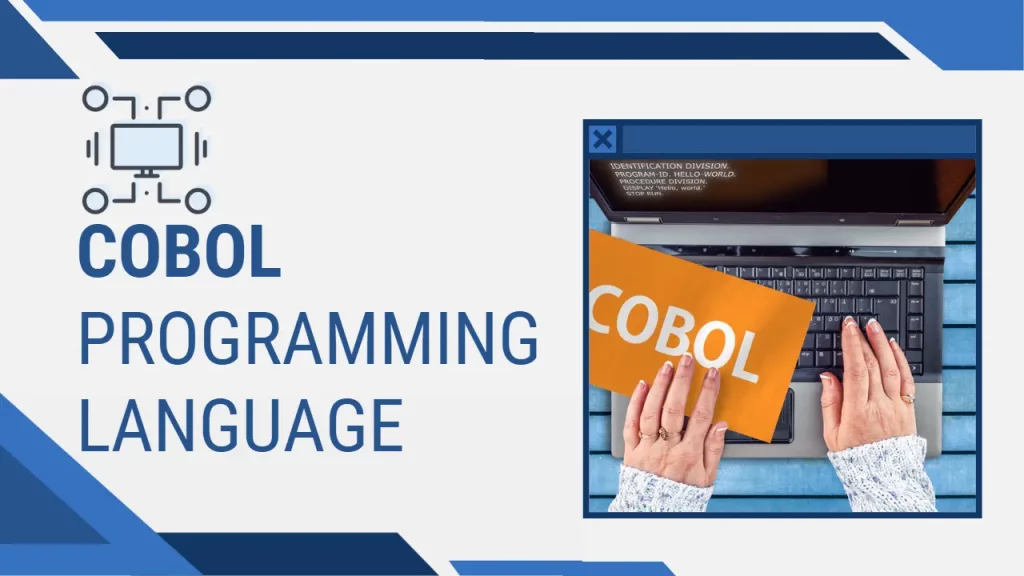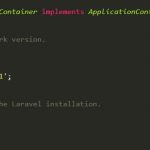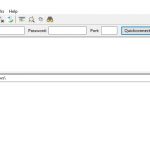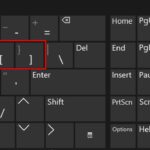COBOL is still widely used by many businesses around the world. Data from one source shows that more than 29,010 companies have adopted the technology, accounting for around 0.8% of the total market. Another source estimates that 200 billion lines of COBOL code are actively in use. This technology is prevalent among Fortune 500 companies, specifically in the finance, insurance, airline, and retail industries. Point-of-sale systems are primarily reliant on COBOL.

Table of Contents
What is COBOL Programming Language?
COBOL, A programming language used to program mainframe computers and the first high-level programming language designed for business data processing. Most of the programs written in COBOL are still being run by corporations around the world today. It was developed by Jean E. Sammet at an IBM research center in 1959. The acronym stands for Common Business Oriented Language (Common business-Oriented Language).
COBOL is a line-oriented language. The structuring elements of COBOL programs are divisions, sections, paragraphs, and sentences. Each sentence identifies one procedure or function step (it must end with a period). A paragraph consists of zero or more sentences contained within the same division. Sections contain multiple divisions. Divisions allow programs to be divided into groups of related statements and procedures.
The main difference between COBOL and other programming languages is that COBOL has no loops; instead, it uses a sequence of instructions to do what would be looped in another language.
Although COBOL is an older programming language, it is still widely used today, especially in business and government applications. COBOL’s longevity is due in part to its ability to handle large volumes of data and perform complex data processing tasks quickly and efficiently. Its readability and ease of use are also key factors in its continued popularity. They make it possible for business professionals with limited programming experience to write and maintain COBOL code.
COBOL Key Features
The key features that distinguish it from other programming languages include:
- syntax that allows for very readable code and efficient compilation;
- core data types, such as BINARY_FLOAT and BINARY_DOUBLE;
- support for hierarchical file organization;
- support for compound data structures, with record-level access;
- extension facilities to define new data types and compilation units.
COBOL code is structured in a way that is easy to read and understand, even for non-programmers. This is especially important in business applications, where the people using and maintaining the software may not have extensive programming knowledge.
COBOL was specifically designed for business applications that require the processing of massive amounts of data. COBOL programs can handle complex data processing tasks quickly and efficiently, which makes them ideal for industries such as finance, healthcare, and government.
COBOL is known for its reliability and stability. Many organizations rely on COBOL applications to run their operations, so the software must be stable and reliable. COBOL’s long history of use in business applications demonstrates its ability to meet this requirement, making it a trusted and popular choice for businesses that need dependable software to support their operations.
Common COBOL Terms
- Abend – when a program fails to execute properly, it might cause an abend.
- Arithmetic Expression – calculates different values based on the order of operations (i.e., multiplication and division before addition and subtraction).
- Arithmetic Operation – just what it sounds like any mathematical operation that can be done with numbers in COBOL such as adding or subtracting two numbers together.
- Called Program– when you call a program from another; also called a subprogram.
- Calling Program – refers to which function calls for the called program.
- Function – is used to perform some kind of calculation inside your code so you don’t have to keep repeating yourself repeatedly about how many gallons are needed for this week’s supply run.
- Routine – a sequence of instructions to solve one problem.
- Scope Terminator – tells the COBOL compiler where you want your program to stop running—in this case, we’ll use a period. This means it will end after that point in our code and not keep going on indefinitely into other parts of our programming language.
- Variable – refers to any kind of information that can change during runtime (i.e., quantity or color).




